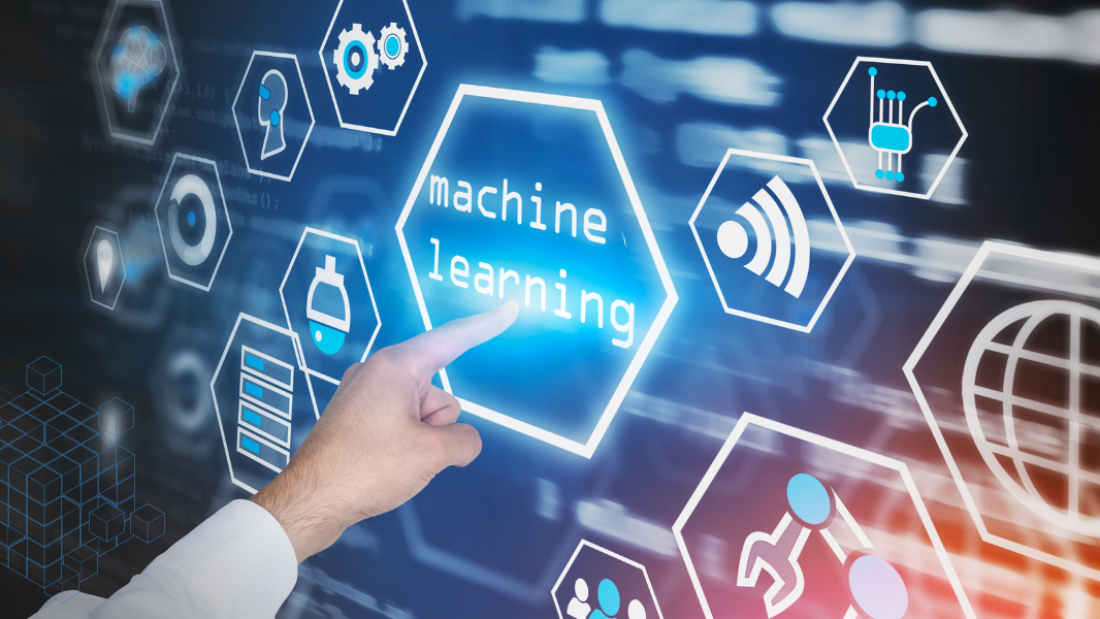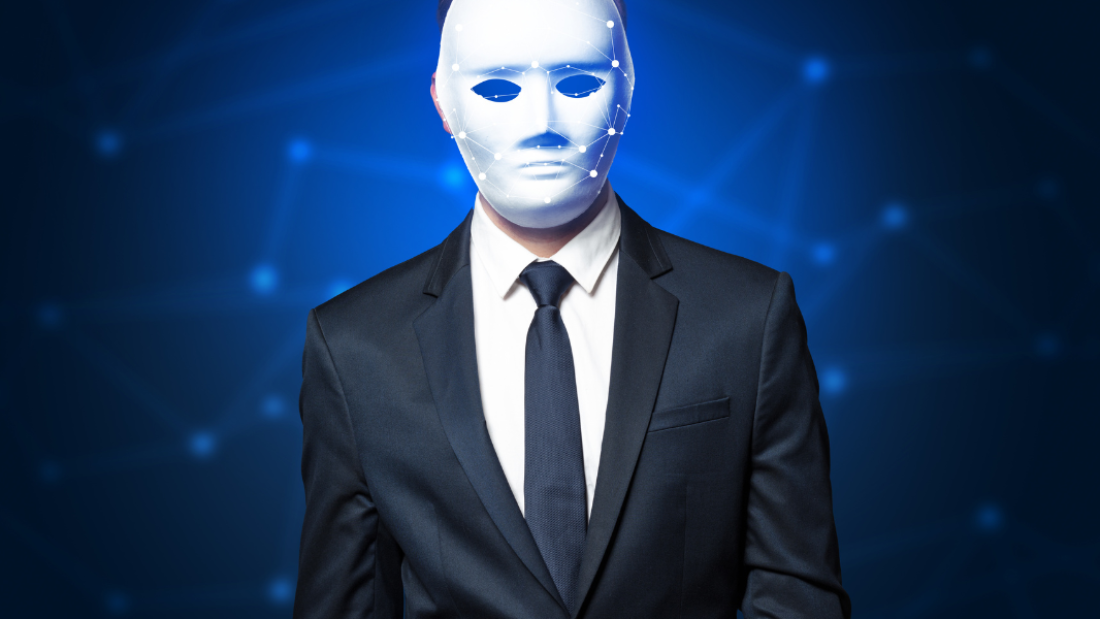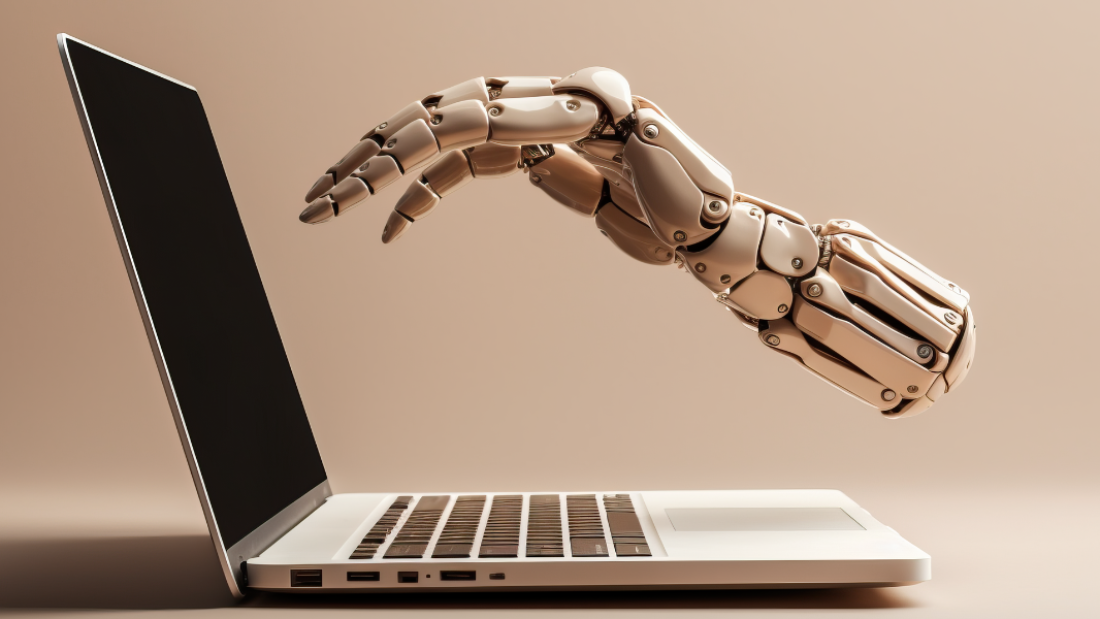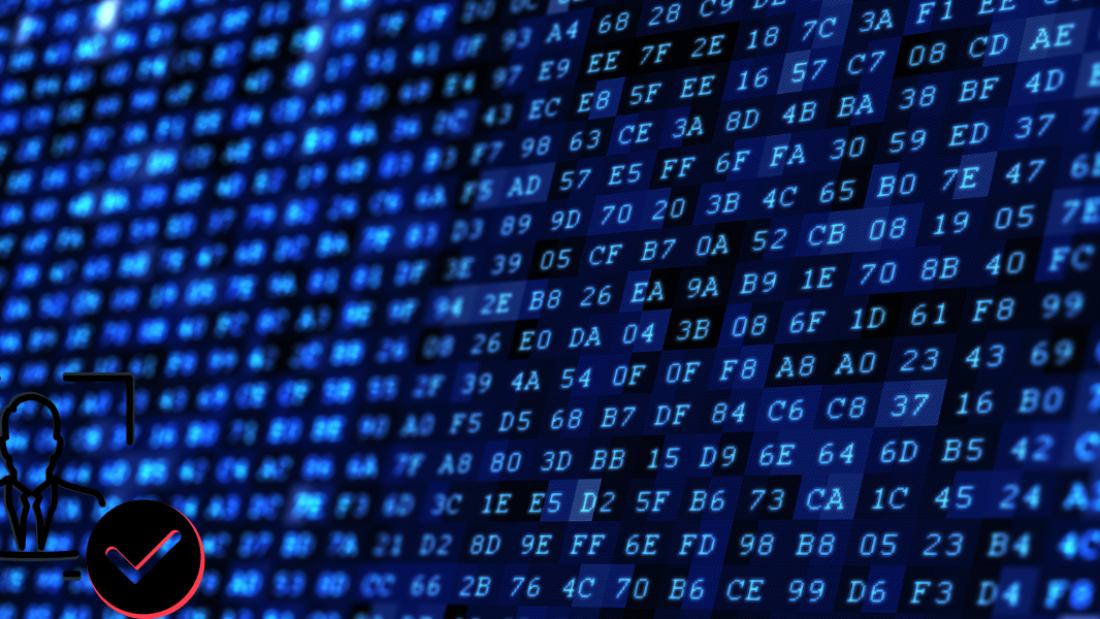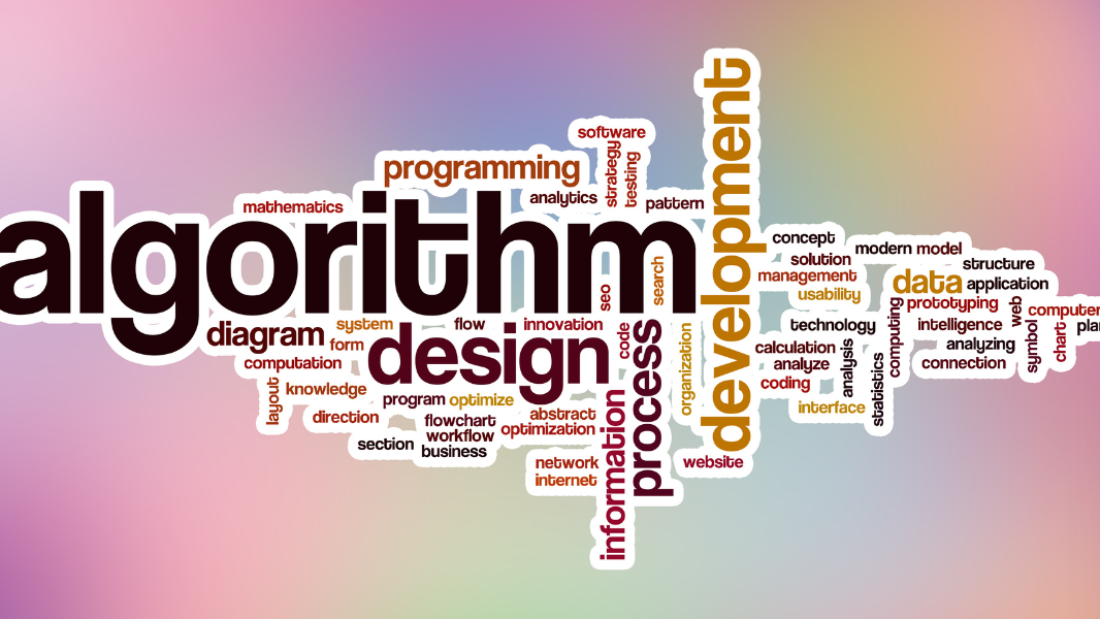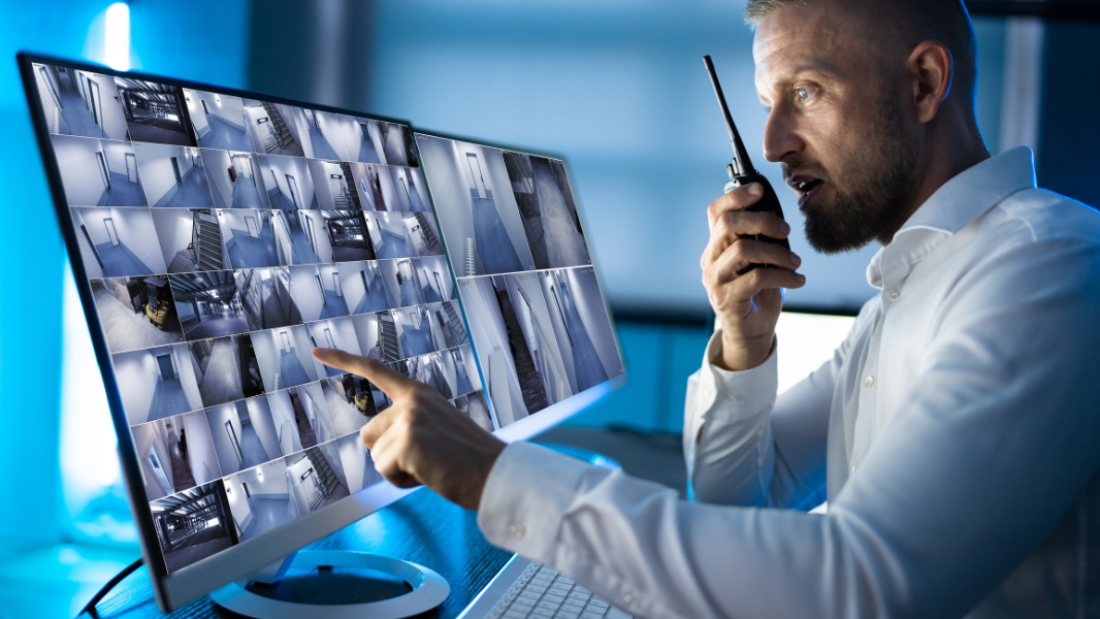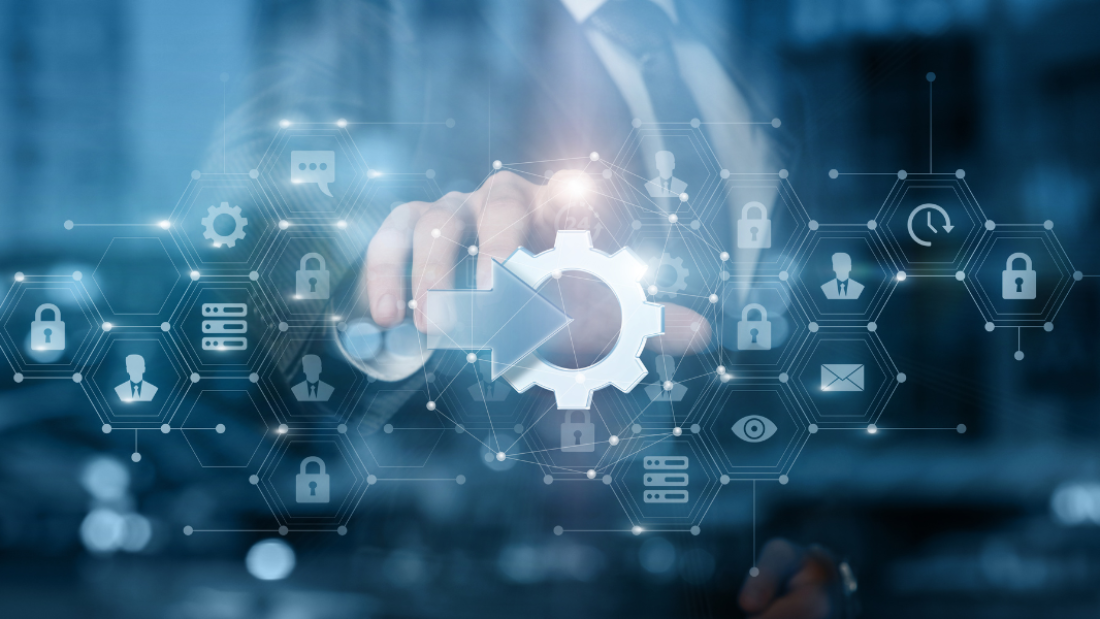Delve into the world of face detection, where cutting-edge computer vision technology meets everyday convenience in detecting human faces. Uncover how this revolutionary tool enhances security measures while streamlining user experiences. From unlocking your phone swiftly to safeguarding high-security areas, face detection using human faces, camera, facial keypoints, and computer vision offers a seamless blend of accessibility and protection. Explore the contrast between traditional security methods and the speed and accuracy that face detection, computer vision, opencv, detector, and analytics bring to the table. Discover how this innovation is reshaping industries, paving the way for a future where identification is effortless yet highly secure.
The Evolution of Face Detection Technology
Early Algorithms
Early face detection technology primarily relied on simple algorithms analyzing pixel values and patterns to identify faces in images. These algorithms often struggled with variations in lighting and facial expressions, leading to inconsistent results in face recognition.
Despite their limitations, these early algorithms paved the way for more sophisticated approaches by laying the foundation for future advancements in computer vision.
Key Milestones
The development of Viola-Jones algorithm in 2001 marked a significant breakthrough in face detection technology. This algorithm introduced the concept of integral image computation, enabling faster processing speeds and improved accuracy in detecting faces.
Another milestone was the emergence of deep learning methods, particularly Convolutional Neural Networks (CNNs), which revolutionized face detection by automatically learning features from data. This shift towards deep learning significantly enhanced the precision and efficiency of face detection systems.
Transition to 3D Face Detection
The transition from 2D to 3D face detection technologies represented a major advancement in the field. By incorporating depth information, 3D face detection models could capture facial structures more accurately, leading to enhanced performance in various applications such as biometric authentication and augmented reality.
One notable approach in 3D face detection is the utilization of depth sensors, which provide additional depth cues for precise facial recognition. These sensors enable systems to create detailed 3D facial maps, improving the overall robustness and reliability of face detection processes.
Real-Time Emotion Analysis Explained
Definition & Significance
Real-time emotion analysis involves instantly interpreting facial expressions using face recognition to detect emotions accurately. This technology, using opencv, plays a crucial role in enhancing face detection systems by providing deeper insights into individuals’ emotional states and image analytics. By analyzing micro-expressions using face detector and opencv, real-time emotion analysis can help in various applications, such as security, healthcare, and marketing.
Algorithm Interpretation
Algorithms used in real-time emotion analysis rely on facial recognition techniques and face detector to interpret expressions swiftly. These face detector algorithms, using opencv, analyze key facial features like eyebrows, eyes, and mouth movements of faces to determine emotions such as happiness, sadness, anger, or surprise with analytics. Through machine learning models, these algorithms continuously improve their accuracy in recognizing and interpreting emotions.
Integration with Devices & Platforms
Real-time emotion analysis technology with face detector and opencv is seamlessly integrated into various devices, platforms, and apps for widespread application. For instance, smartphones use this technology with face detector for apps like emoji suggestions based on the user’s facial expressions during texting. In the realm of video conferencing, platforms utilize real-time emotion analysis, face detector, and opencv to gauge participants’ engagement levels and adjust presentations accordingly.
Innovations Driving Face Detection
Machine Learning Advancements
Machine learning advancements have revolutionized face detection applications by enabling more accurate and efficient algorithms. These innovations have significantly improved the performance of face detection models in analyzing images for facial features using opencv for vision and ai. By leveraging complex neural networks, machine learning algorithms can now detect faces in various orientations and lighting conditions with remarkable precision in vision and photographs.
With the introduction of advanced face detection algorithms, AI vision, and data, the process of identifying and analyzing faces in images has become more sophisticated. These algorithms utilize deep learning techniques in image recognition to recognize facial patterns and structures, leading to enhanced accuracy in face detection data processing. As a result, modern face detection systems, for example AI vision service, can seamlessly identify faces in crowded scenes or low-resolution images, making them invaluable for security and surveillance applications.
Artificial Intelligence in Face Recognition
The integration of artificial intelligence (AI) has played a crucial role in enhancing facial recognition pipeline accuracy and efficiency. AI-powered face detection models leverage deep learning frameworks to analyze facial features, improving the overall performance of images face detection processes. By continuously learning from vast amounts of data, these models can adapt to different scenarios and environments, ensuring reliable face detection results.
Moreover, AI-driven face detection api solutions offer developers access to pre-trained models and libraries for seamless integration into various applications. These APIs enable real-time face detection capabilities, empowering developers to create innovative solutions across industries. From personalized user experiences to advanced security systems, AI-powered face detection technologies are shaping the future of biometric identification.
Hardware Enhancements Impact
The continuous advancements in hardware technologies, such as high-resolution cameras and powerful processors, have significantly contributed to the evolution of source face detection models. Improved camera sensors capture detailed facial information, enhancing the quality of input data for face detection algorithms. Faster processors enable quick image processing, resulting in real-time face detection capabilities on various devices.
Applications in Mental Health
Monitoring Emotional States
Face detection technology powered by AI plays a crucial role in monitoring emotional states for therapy. By analyzing facial expressions, therapists can gain valuable insights into a patient’s emotional well-being. This technology enables AI to analyze faces and data using a model for the identification of various emotions such as happiness, sadness, anger, and anxiety through facial cues.
Implementing face detection in mental health settings allows therapists to track changes in a patient’s emotional state over time. Real-time monitoring of facial expressions during therapy sessions helps therapists understand the effectiveness of interventions and tailor treatment plans accordingly. The ability to detect subtle changes in emotions aids in providing more personalized and effective care to individuals struggling with mental health issues.
Early Detection of Mental Health Issues
One of the significant advantages of face detection technology is its potential for early detection of mental health issues through facial cues. Changes in facial expressions can indicate underlying mental health conditions such as depression, anxiety disorders, or post-traumatic stress disorder. By analyzing these subtle cues, healthcare providers can intervene early and prevent the escalation of mental health problems.
Early detection through face detection technology allows for timely intervention and support for individuals experiencing mental health challenges. Identifying symptoms at an early stage increases the likelihood of successful treatment outcomes and reduces the risk of complications associated with untreated mental health conditions. This proactive approach enhances the overall well-being and quality of life for patients.
Successful Case Studies
Several case studies have demonstrated the successful implementation of face detection technology in mental health settings. For instance, a study conducted by researchers at a leading university utilized facial recognition algorithms from Google to detect signs of depression in individuals based on their facial expressions. The results showed promising accuracy in identifying depressive symptoms, paving the way for early intervention and support.
Another case study focused on using face detection technology to assess anxiety levels in patients with anxiety disorders. By analyzing changes in facial expressions before and after therapy sessions, clinicians were able to gauge the effectiveness of treatments and make necessary adjustments to improve patient outcomes. These real-world applications showcase the potential of face detection technology in revolutionizing mental health care.
Enhancing Customer Experience
Personalized Marketing
Businesses leverage face detection technology to enhance customer experience through personalized marketing strategies. By analyzing customers’ facial features and expressions, companies can tailor their advertising campaigns to target specific demographics effectively. This targeted approach increases engagement and conversion rates, leading to a more successful marketing strategy.
Utilizing face detection in personalized marketing allows businesses to create customized promotions based on customers’ age, gender, and emotions. For example, a retail store can display different product recommendations on digital screens based on the age group of customers passing by. This level of personalization not only captures the attention of potential customers but also increases the likelihood of making a purchase.
Real-time Emotion Recognition
Emotion recognition plays a crucial role in tailoring customer interactions in real-time. By incorporating face detection technology with emotion recognition software, businesses can analyze customers’ emotional responses during interactions. This real-time feedback enables companies to adjust their approach accordingly, providing a more personalized and empathetic customer service experience.
In customer service environments, real-time emotion recognition helps employees gauge customers’ satisfaction levels and address any concerns promptly. For instance, a call center using face detection technology can identify when a customer is becoming frustrated during a call and transfer them to a more experienced representative for better assistance. This proactive approach enhances customer satisfaction and loyalty.
Benefits in Customer Service Environments
The integration of face detection technology in customer service environments offers numerous benefits for both businesses and customers. One significant advantage is the ability to streamline processes by automating tasks such as identity verification and personalized greetings. This automation reduces waiting times for customers and improves overall efficiency in service delivery.
Moreover, face detection enhances security measures by verifying individuals’ identities through facial recognition technology. In industries like banking and healthcare, this added layer of security ensures that sensitive information remains protected from unauthorized access. Customers appreciate the enhanced security protocols, leading to increased trust and confidence in the services provided.
Challenges in Emotion Detection
Interpretation Limitations
Current technology faces challenges in accurately interpreting emotions due to subtle facial cues that vary significantly among individuals. Facial expressions are complex and can be influenced by various factors, making it difficult for algorithms to provide precise emotional analysis.
Emotion detection systems may struggle with subtleties in facial expressions, leading to misinterpretations of emotions. The accuracy of these systems can be compromised when dealing with ambiguous signals, impacting their reliability in real-world applications.
Cultural Variability
The variability of facial expressions across different cultures presents a significant challenge in emotion detection. Cultural norms influence how individuals express emotions through their faces, leading to diverse interpretations based on societal backgrounds.
In a globalized world, where businesses cater to diverse customer bases, understanding and accounting for cultural differences in facial expressions is crucial for effective emotion detection. Failure to consider these variations can result in misunderstandings and inaccurate assessments of customer sentiments.
Technical Challenges
Occlusions and lighting conditions pose technical challenges for accurate emotion detection. Occlusions such as obstructed views of the face can hinder the system’s ability to capture key facial features, affecting the overall emotion recognition process.
Variations in lighting conditions, including shadows and glare, can impact the clarity of facial images, leading to inaccuracies in emotion analysis. Ensuring robustness against such challenges requires advanced algorithms capable of adaptation and enhanced feature extraction.
Ethical Considerations
Privacy Concerns
When it comes to face detection, security and privacy are paramount. The collection of facial data raises significant concerns about individuals’ privacy rights in the cloud. Companies and organizations must handle this sensitive information with the utmost care.
Facial recognition technology has the potential to infringe on personal privacy by enabling constant surveillance without individuals’ knowledge or consent. This raises ethical questions about the extent to which our faces can be used for identification and tracking without our permission.
Unauthorized access to facial data can lead to identity theft and unauthorized surveillance.
Facial recognition databases may be vulnerable to hacking, exposing individuals to potential security breaches.
Implications of Bias
Bias in emotion detection algorithms can have profound implications for individuals and society as a whole. These algorithms may not accurately interpret emotions across different demographics, leading to discriminatory outcomes.
Security concerns arise when biased algorithms are used in critical applications such as law enforcement or hiring processes. If these algorithms are not properly trained on diverse datasets, they can perpetuate stereotypes and reinforce existing inequalities.
Biased algorithms may disproportionately impact marginalized groups, exacerbating societal disparities.
Lack of diversity in training data can result in inaccurate or skewed emotion recognition outcomes.
Importance of Consent
Obtaining consent for using face detection technologies is crucial for upholding ethical standards and respecting individuals’ autonomy. Without explicit consent, the use of facial recognition technology can violate personal boundaries and erode trust between users and technology providers.
Consent ensures that individuals are aware of how their facial data will be used and have the opportunity to make informed decisions about its collection and storage. Transparency in the use of face detection technologies is essential for maintaining user trust and safeguarding privacy rights.
Clear consent mechanisms empower individuals to control how their facial data is utilized.
Informed consent fosters accountability among organizations using face detection technologies.
Future Trends in Face Detection
Advancements in Accuracy
Face detection models are continuously evolving to enhance accuracy and efficiency. With the integration of advanced technologies like machine learning and artificial intelligence, these models are becoming more precise in recognizing facial features. The future holds promising developments in reducing false positives and negatives, leading to more reliable identification processes.
The utilization of facial recognition APIs is expected to revolutionize face detection by offering seamless integration with various platforms and devices. These APIs enable developers to incorporate sophisticated facial recognition capabilities into their applications effortlessly. As a result, the accuracy and speed of face detection processes are anticipated to improve significantly, catering to diverse user requirements across different industries.
Integration with Augmented Reality
The integration of face detection technology with augmented reality (AR) presents exciting opportunities for immersive user experiences. By leveraging face detection models, AR applications can accurately track facial movements and expressions in real-time. This integration opens doors for interactive gaming experiences, virtual try-on features in e-commerce, and personalized filters in social media platforms.
Improved accuracy and efficiency in face detection models
Seamless integration with various platforms through facial recognition APIs
Growth in Various Industries
The future of face detection applications is poised for substantial growth across multiple industries. In the retail sector, face detection technology can enhance customer experiences through personalized recommendations based on facial analysis. In healthcare, it can streamline patient identification processes and improve security measures within medical facilities.
Moreover, the entertainment industry can leverage face detection for audience engagement during live events or virtual performances. By incorporating advanced face detection algorithms, event organizers can create interactive experiences that respond to attendees’ facial expressions and gestures in real-time.
Final Remarks
In a world where technology continues to shape our daily interactions, face detection stands at the forefront of innovation. From revolutionizing mental health assessments to enhancing customer experiences, the applications are vast and impactful. As you navigate the evolving landscape of emotion analysis and ethical considerations, remember that the future trends hold even more promise for this technology.
Take a moment to reflect on the possibilities that face detection opens up in various fields. Stay informed about the advancements and challenges that come with it. Embrace the potential for positive change and consider how you can contribute to shaping a responsible and ethical implementation of this powerful technology.
Frequently Asked Questions
What is the importance of face detection technology in today’s world?
Face detection technology plays a crucial role in various fields like security, marketing, healthcare, and customer service by enabling accurate identification, personalized experiences, enhanced security measures, and improved data analysis.
How does real-time emotion analysis benefit businesses?
Real-time emotion analysis helps businesses understand customer sentiments, tailor marketing strategies, improve customer service interactions, and develop products that cater to emotional needs, leading to increased customer satisfaction and loyalty.
What are some key innovations driving advancements in face detection technology?
Innovations such as deep learning algorithms, 3D facial recognition, thermal imaging sensors, and edge computing are driving advancements in face detection technology by enhancing accuracy, speed, and versatility across different applications and industries.
How can face detection technology be applied in mental health settings?
Face detection technology can be utilized in mental health for early detection of emotional distress, monitoring patient responses to therapy sessions, analyzing facial expressions for mood assessment, and providing personalized treatment plans based on emotional cues.
What are the primary challenges associated with emotion detection technologies?
Challenges in emotion detection include ensuring accuracy across diverse demographics, handling privacy concerns related to facial data collection, addressing ethical implications of emotional profiling, and mitigating biases in algorithms to avoid misinterpretation of emotions.


